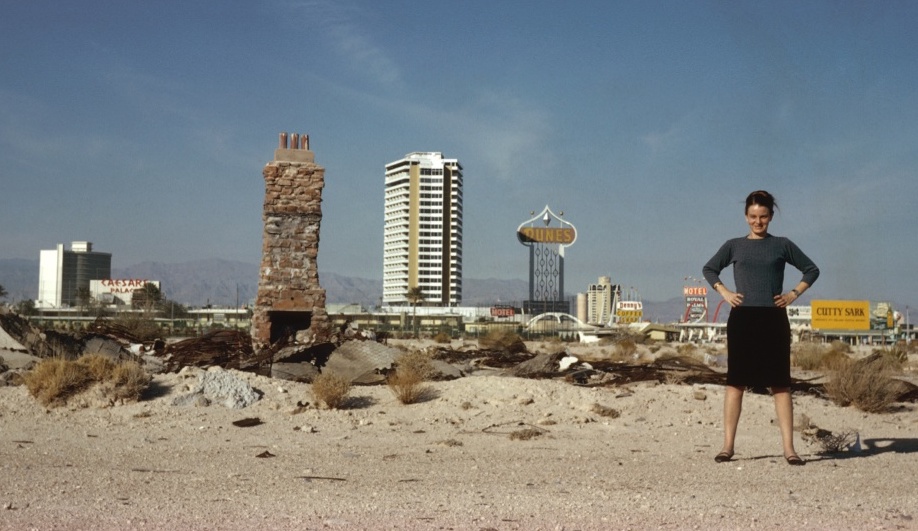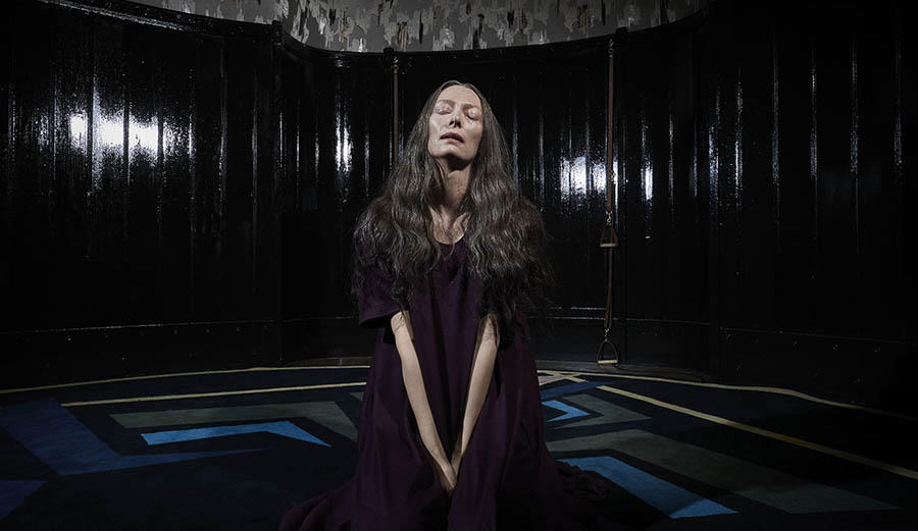
A book on city (and suburb) building, a film on how Frank Gehry and Yves Béhar handle design briefs, and a monograph on German designer Konstantin Grcic.

Happy City
Book by Charles Montgomery
Doubleday Canada (hardcover, 360 pages)
In this well-researched yet easily digested examination of the challenges of city building, the author attacks the issues from a new angle, asking us to imagine cities as machines for maximizing well-being. The usual pieces of the puzzle are there, from transit to infrastructure to density, but re-evaluated from the perspective of a sociologist or a psychologist rather than an economist or a politician. What is the point of urban design, he asks, if not to make our lives happier? The answer comes as a rebuke of what he terms the dispersed city – the low-density, resource-draining sprawl of the suburbs – refuting our tendency to prioritize the automobile above all other modes of transportation. This assumption is so pervasive that it can feel heretical to challenge it, but Montgomery convincingly argues that reforming suburban zoning codes to gently boost density may be the single biggest step planners can take toward making our lives healthier and happier. By David Dick‑Agnew

Briefly
Film by Bassett and Partners
bassett.tv/briefly (28 minutes)
Produced by San Francisco brand and design strategists Bassett and Partners, this short film offers compelling perspectives on the creative brief, as related by a few visionaries to whom such briefs are delivered. Six interviewees, including Yves Béhar and Frank Gehry, discuss how much direction is enough; and how limitations set at the beginning of the process can be the mother of invention or, at other times, take essential creative tools off the table. “When they’re overly detailed, they start to prescribe a solution. They tell you what the design should be,” says Béhar. Using such examples as Gehry’s Eisenhower Memorial and advertising mastermind John C. Jay’s legendary Nike campaign (which ran during the 1996 Olympics in Atlanta), the subjects converge on one conclusion: creativity is best served by a brief that does not explain what or how, but instead asks why. By Erin Donnelly

Konstantin Grcic: Panorama
Book edited by Mateo Kries and Janna Lipsky
Vitra Design Museum (softcover, 320 pages)
German industrial designer Konstantin Grcic has always straddled the lines between design and contemporary art, technology and craft, so it’s fitting that Panorama, his solo show at the Vitra Design Museum in Weil am Rhein earlier this year, included immersive multimedia installations. The companion book is equally engaging, defying the usual conventions of a retrospective. Fans of his work, from commissions for Herman Miller and Flos to smaller studio pieces, will marvel at the detailed insight into his oeuvre provided by photos of his “archive of things.” The notion of time is evident throughout the book, which connects his work to the past, present and future via a pictorial catalogue raisonné reaching back to the mid-1980s – a theme furthered by images of such futuristic concepts as an imagined studio and lab. With poetic passages from Grcic and essays by leading voices, including MoMA curator Paola Antonelli and architectural historian Mario Carpo, the book asserts Grcic as the true thinking man’s designer. By Catherine Sweeney




